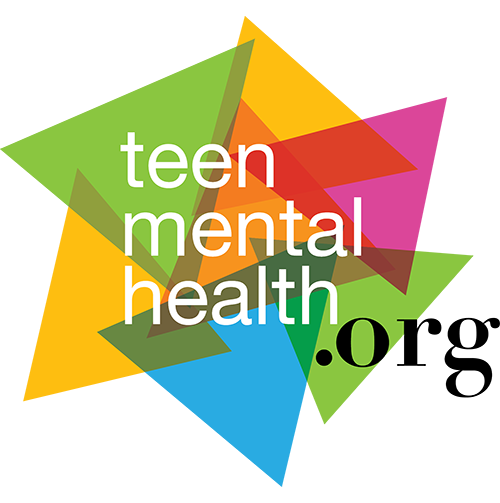Introduction to Mental Health

It is useful to think about different categories related to mental health.
These are mental distress, mental health problems, and mental disorders.
Mental Distress is normal, expected, and necessary or growth and resilience. It is characterized by the stress response, which is your body’s signal that something in your environment needs to be changed. Examples of mental distress can include facing a final exam, going to a new school, or running late for a meeting. This signal (often called stress) helps you pull together your internal resources to solve the problem and learn new skills. Mental Distress is not a disorder and does not need treatment. Good coping strategies will help you resolve mental distress.
A Mental Health Problem arises from a much greater challenge in your life (for example, death of a loved one) and may require additional resources and supports to assist you in navigating that challenge.
A Mental Disorder is a diagnosed medical illness that requires professional interventions using effective treatments to help you.
All of these (mental distress, mental health problem, mental disorder) include difficulties with how we feel, think and behave.
It’s very important not to confuse these different categories.
People can experience mental distress, mental health problems, and mental illness all at the same time. Just because you are feeling sad, low, down, or discouraged, it does not mean you have a mental disorder!
Examples of these different categories would be:
Mental Distress
Disappointment or sadness after a relationship breakup or failing at something important (such as not being selected to be part of the school team).
Mental Health Problem
Grief and poor ability to function at school after someone close to you has died.
Mental Disorder
Intense sadness along with negative thoughts (such as hopelessness), fatigue, and sleep problems that interferes with your ability to live your life.


